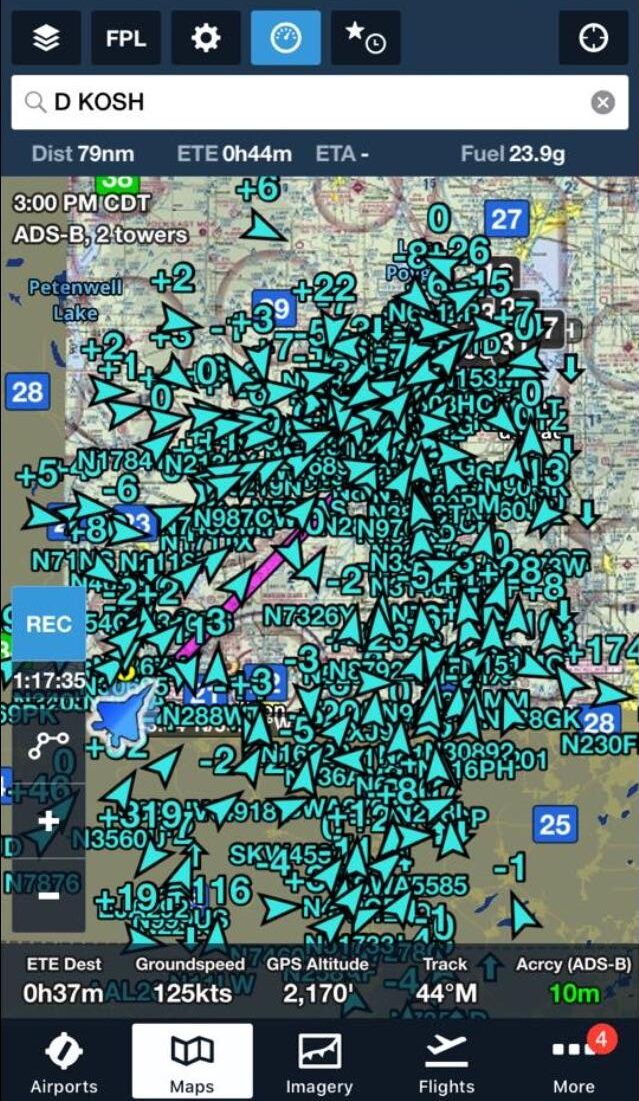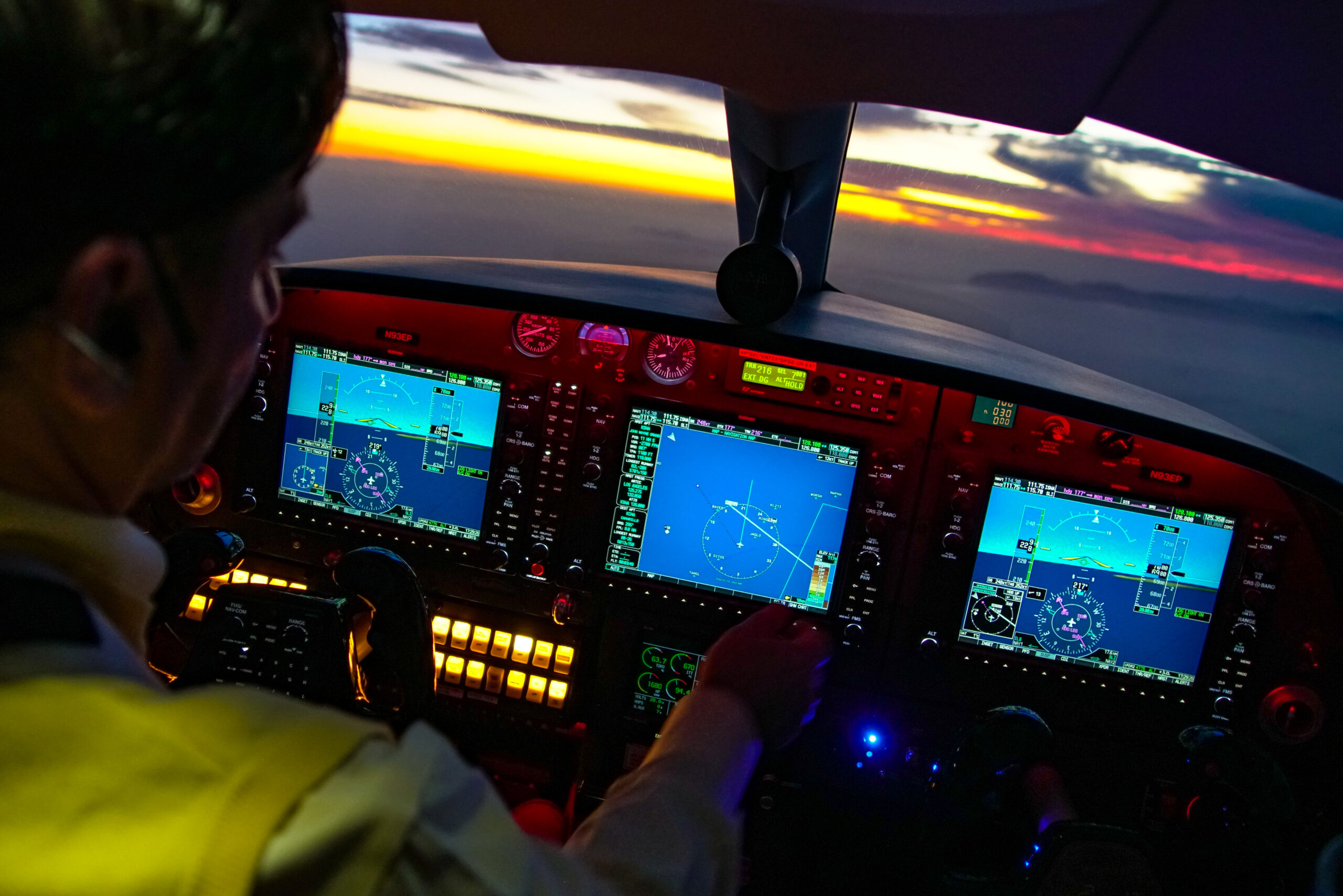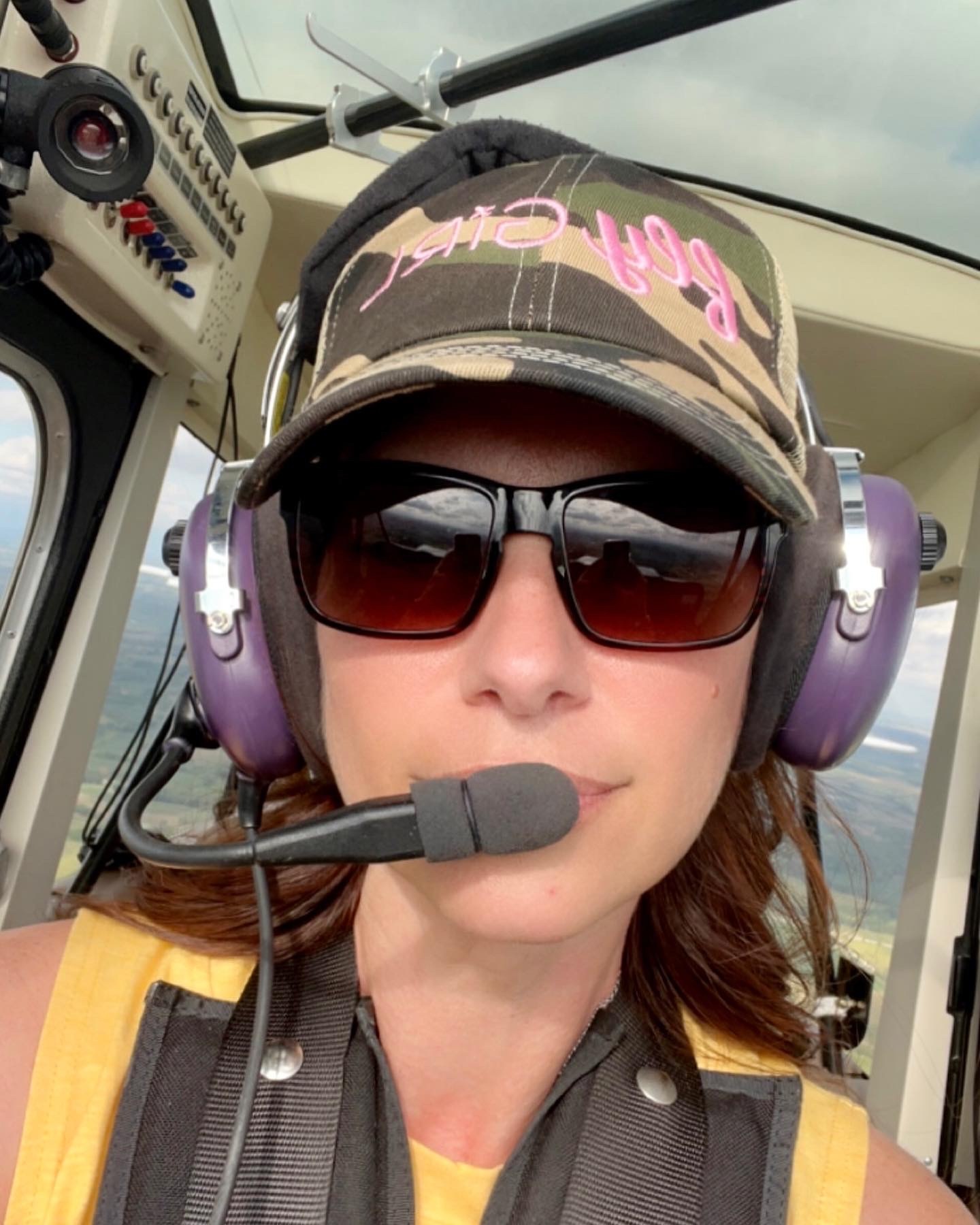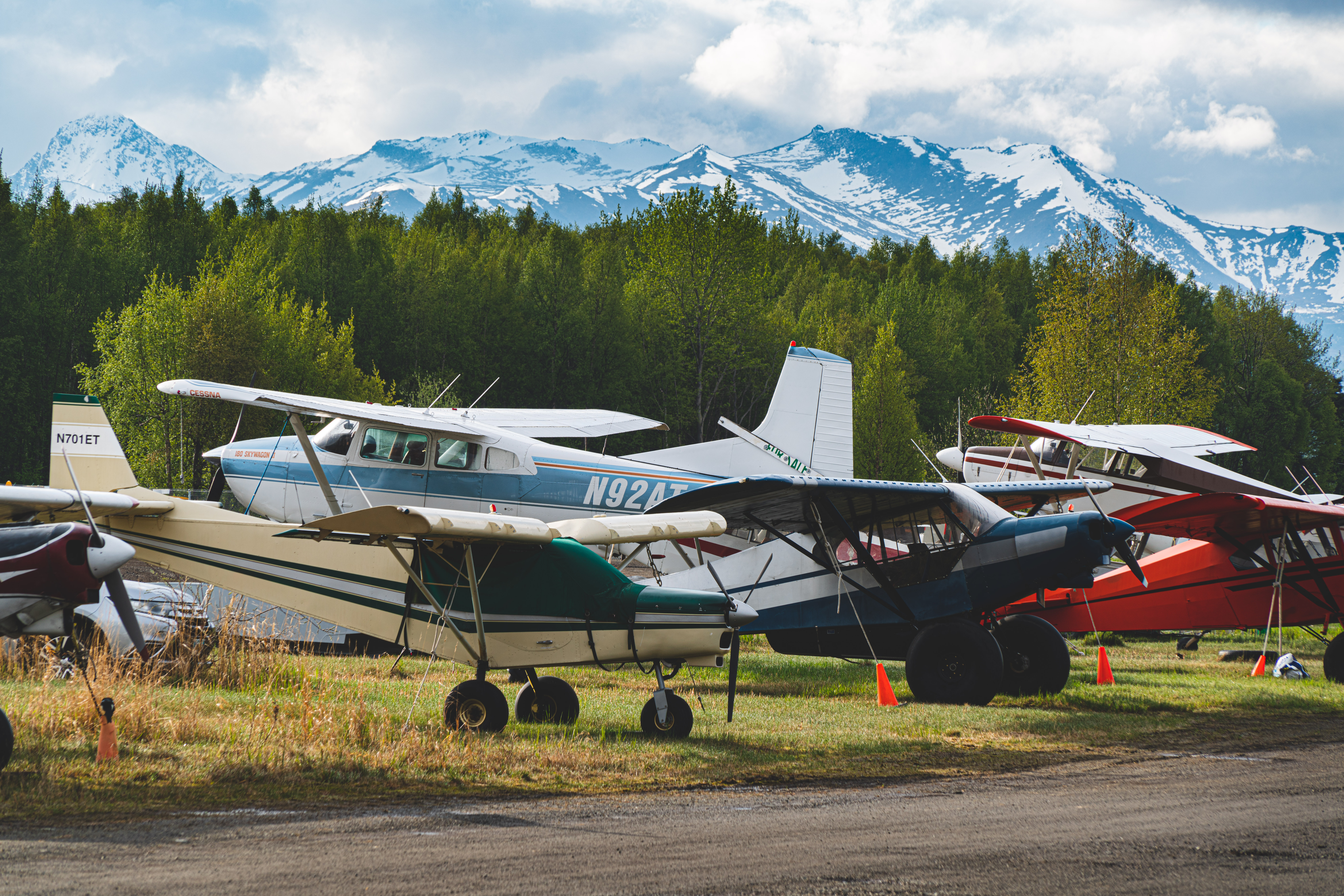
Collision avoidance in aviation is a critical aspect of ensuring the safety of both passengers and crew aboard an aircraft. It involves several strategies and systems that help in preventing mid-air collisions, ground collisions, and other accidents. Pilots play a pivotal role in the execution of collision avoidance measures, utilizing advanced technology, effective communication, and stringent protocols to navigate the skies safely.
Collision Avoidance Systems
Airborne Collision Avoidance System (ACAS)
The Airborne Collision Avoidance System (ACAS) is an advanced system that helps aircraft detect and avoid potential collisions with other aircraft. It provides traffic advisories (TAs) and resolution advisories (RAs) to pilots, informing them about potential threats and suggesting maneuvers to avoid collisions.
Ground Proximity Warning System (GPWS)
The GPWS alerts pilots if the aircraft is in immediate danger of flying into the ground or an obstacle. It aids pilots in maintaining a safe altitude and trajectory, particularly during the approach and landing phases.
Traffic Collision Avoidance System (TCAS)
The TCAS is an automated collision avoidance system that monitors the airspace around an aircraft for other aircraft equipped with a corresponding active transponder. TCAS creates alerts and provides recommended evasive action to avoid a collision.
Pilot Responsibilities
Situational Awareness
Pilots are responsible for maintaining situational awareness, which involves being fully cognizant of the aircraft’s status, location, and the environment it is operating. A high degree of situational awareness is crucial for identifying and responding to potential collision threats in a timely manner.
Adherence to Procedures
Strict adherence to standard operating procedures and air traffic control instructions is paramount for collision avoidance. Pilots must comply with ATC instructions and coordinate with them to ensure safe separation from other aircraft, terrain, and obstacles. For example, flying into EAA Airventure In Oshkosh requires strict adherence to procedures and ATC.

Use of See-and-Avoid Technique
Despite advanced technologies, the “see-and-avoid” technique remains a fundamental aspect of collision avoidance. Pilots must be vigilant and scan the skies for other traffic, particularly in VFR (Visual Flight Rules) conditions where the risk of uncontrolled aircraft is higher.
Training and Simulation
Pilots undergo rigorous training to respond effectively to collision risks. Simulations and recurrent training are essential to maintain proficiency in collision avoidance procedures and system operations.
Regulatory Framework
The International Civil Aviation Organization (ICAO) and national aviation authorities have established regulations and standards for collision avoidance. These regulatory frameworks stipulate the requirements for collision avoidance systems, communication protocols, and operational procedures to be followed by pilots and air traffic controllers.
Technological Advancements
The ongoing advancements in avionics and navigation technology continue to enhance collision avoidance capabilities. Technologies like Automatic Dependent Surveillance–Broadcast (ADS–B) enable aircraft to share their position and velocity data with other aircraft and ATC, further improving situational awareness and collision avoidance.

Collision avoidance is integral to maintaining safety in the ever-evolving aviation landscape. It combines advanced technologies like ACAS, TCAS, and GPWS with the undivided attention and situational awareness of pilots to prevent collisions. The role of pilots is indispensable in maintaining the efficacy of these systems, through vigilance, adherence to procedures, continuous training, and effective communication.
The lessons learned from past collisions have been pivotal in shaping regulations, enhancing pilot training, and advancing technology to create a robust collision avoidance ecosystem. The collaboration between regulatory bodies, the aviation industry, and technology developers will continue to be vital in furthering innovations in collision avoidance and reinforcing the commitment to safeguarding lives in the skies.
In conclusion, collision avoidance in aviation is not just about technology and regulations; it is equally about the conscientious efforts and responsibilities undertaken by pilots to protect the aircraft, passengers, and themselves. The blend of human skills with cutting-edge technology paves the way for safer skies, and it is the shared responsibility of all stakeholders to uphold and advance the standards of collision avoidance in aviation. For more information on collision avoidance reach out to anyone at Angle of Attack.

Karey grew up and obtained her in private pilot’s license in Central Iowa. She fell in love with tailwheel aircraft during her primary training and obtained a tailwheel endorsement the week following her private pilot checkride. She is eager to obtain her seaplane rating and is merging her passion for flying with her prior work career. Karey has a background in marketing, editing, and web design after graduating from Simpson College. When she is not flying or working, Karey enjoys anything related to technology and admits she can be a bit of a nerd. She also has discovered a love for virtually all outdoor pursuits, with a special fondness for climbing, shooting, and hiking.

Stay Connected
Be the very first to get notified when we publish new flying videos, free lessons, and special offers on our courses.





